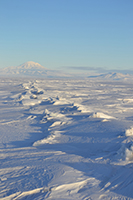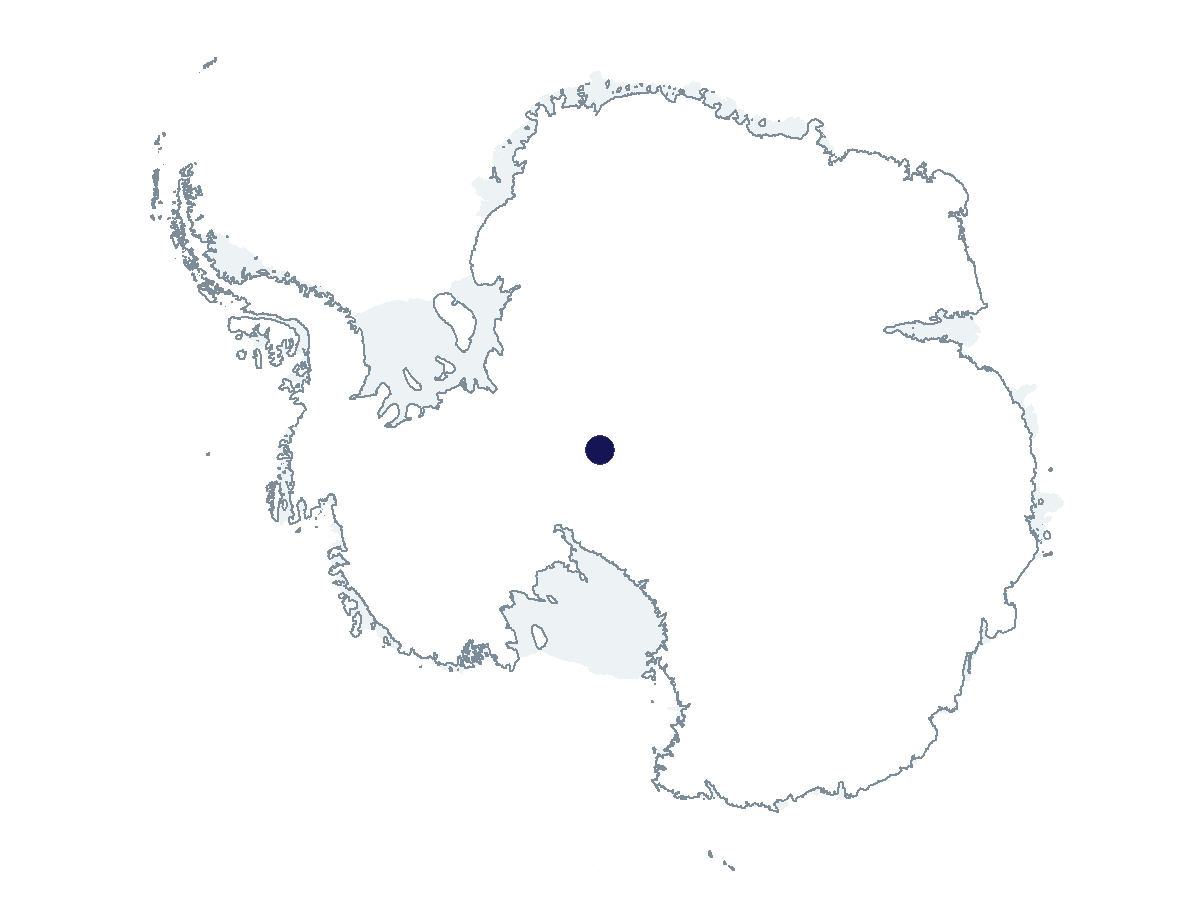2023-2024 USAP Field Season
Project Detail Project TitleA comprehensive seismic investigation to the crust and uppermost mantle beneath the South Pole, East Antarctica Summary
Event Number:
Program Director:
ASC POC/Implementer: Principal Investigator(s)
Dr. Weisen Shen
Location
Supporting Stations: McMurdo Station, South Pole Station DescriptionBeing geographically significant, the area within 300 km of the South Pole Station and its sub-ice structures are equally, if not more, critical in studying Antarctic earth sciences. Given its gateway locality between the high Southern Transantarctic Mountains (STAM) and East Antarctic craton, the area is critical for studying geological history and modern tectonism of the continent, modeling its continental dynamics, and developing more accurate ice sheet dynamic models to predict their response to the global climate change. This significance, however, is contrasted by the lack of direct knowledge of the sub-ice structure, owning to its remoteness and 3 km ice cover, calling for a comprehensive study to fill this knowledge gap. Field Season OverviewThis project deploys seismic instruments up to 240km from South Pole Station (SPS) during three field seasons (2023-24, 2024-25 & 2025-26). Eight broadband systems (BB) will be deployed for the duration of the project, complemented by up to 186 seismic nodes which will be deployed for about 30 days each season. Should additional longer-duration nodes become available, extended deployments of them, for up to 60 days, will be considered, subject to logistical supportability to deploy them. The science team will initially stage at McMurdo Station (McM) before deploying on to SPS. The majority of the sites (5 BBs and 150 nodes) are to be located within 120 kilometers of the SPS. These nodes are to be spaced 3km apart. Current intentions are to visit these locations via wheeled trucks originating from SPS. Deploying Team Members
|
2023-2024 Science Planning Summary



For USAP Participants |
For The Public |
For Researchers and EducatorsContact UsU.S. National Science FoundationOffice of Polar Programs Geosciences Directorate 2415 Eisenhower Avenue, Suite W7100 Alexandria, VA 22314 Sign up for the NSF Office of Polar Programs newsletter and events. Feedback Form |



